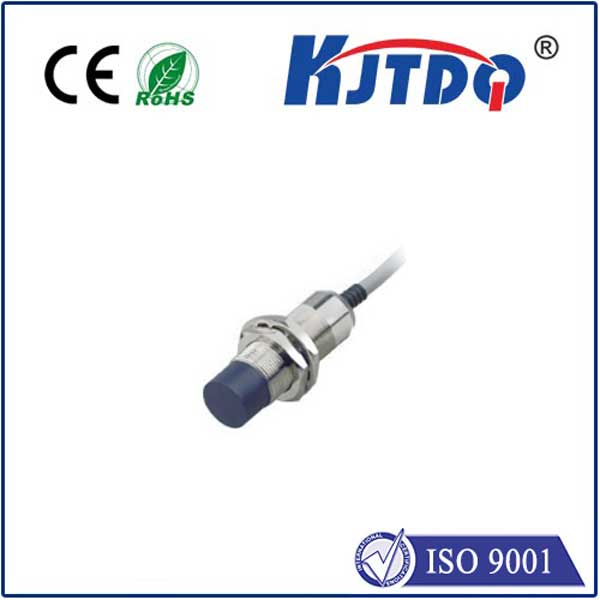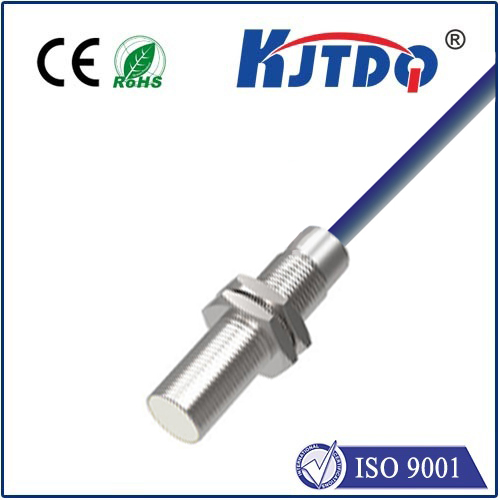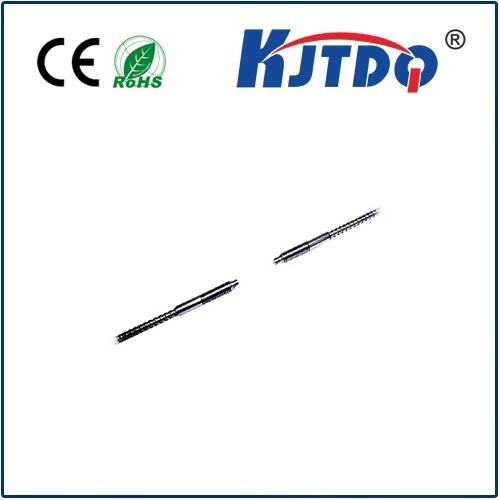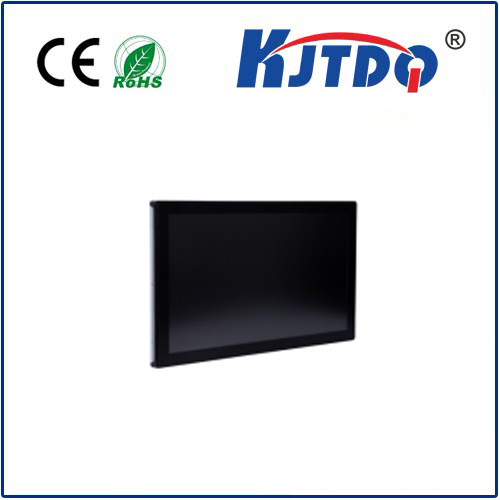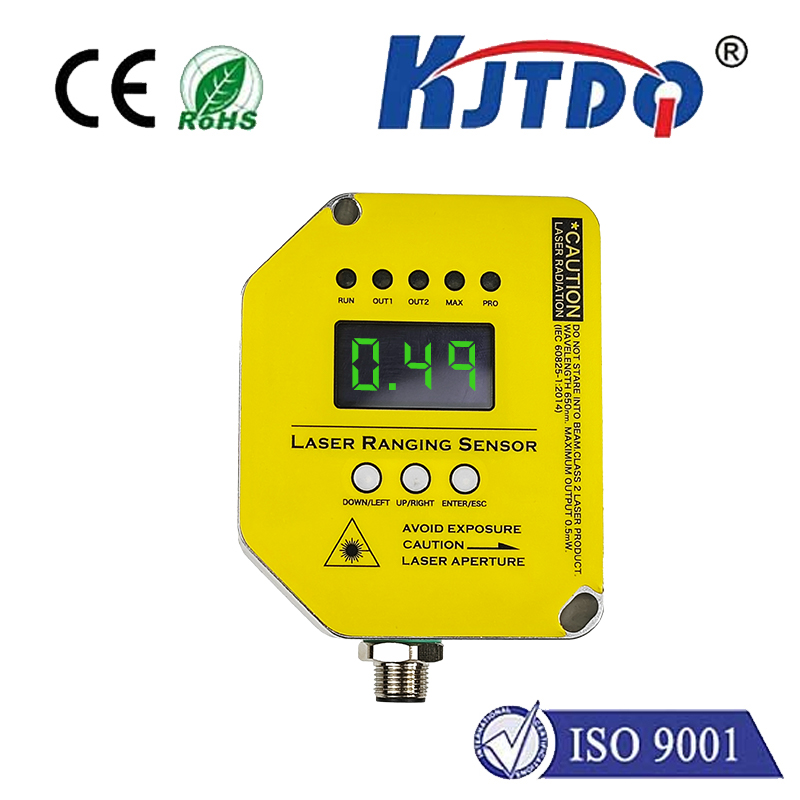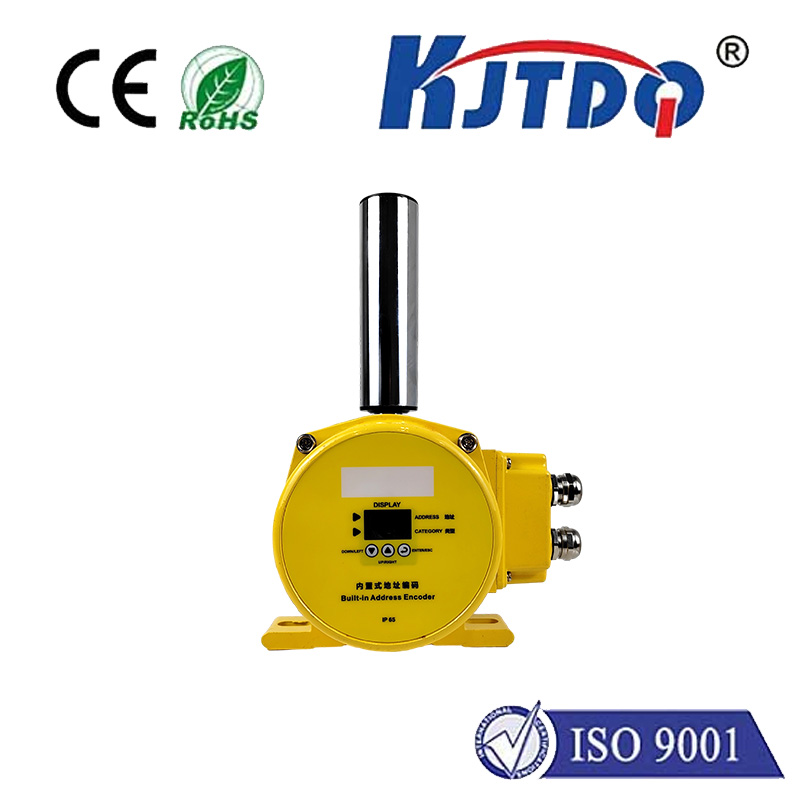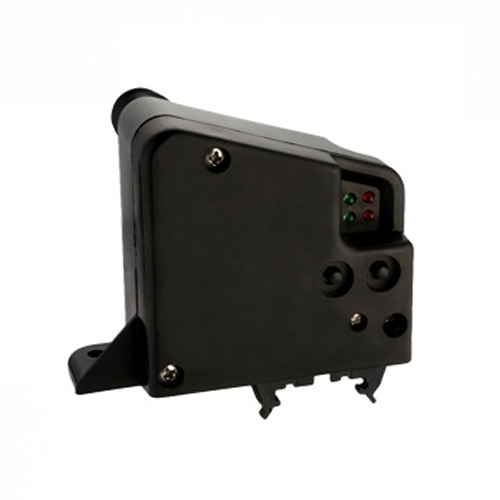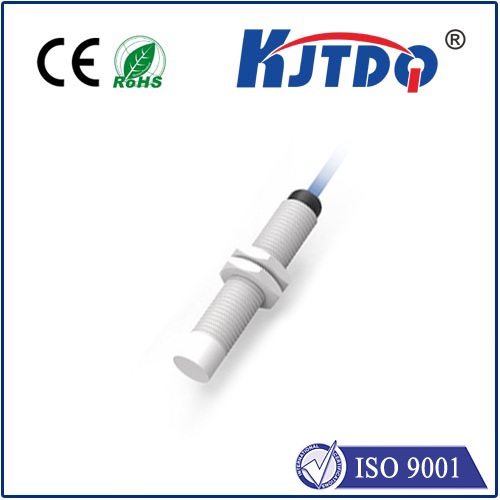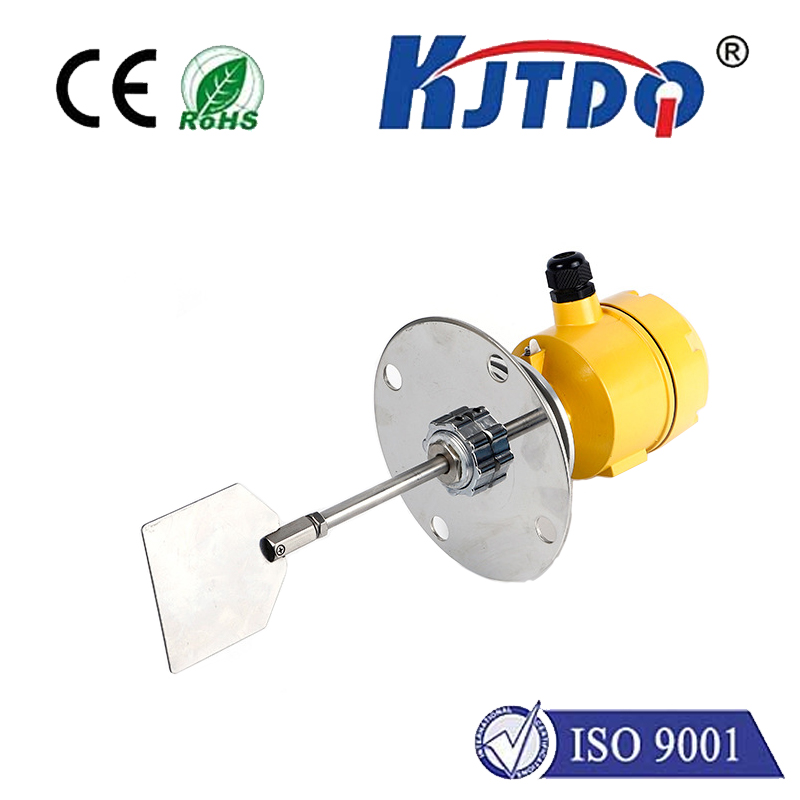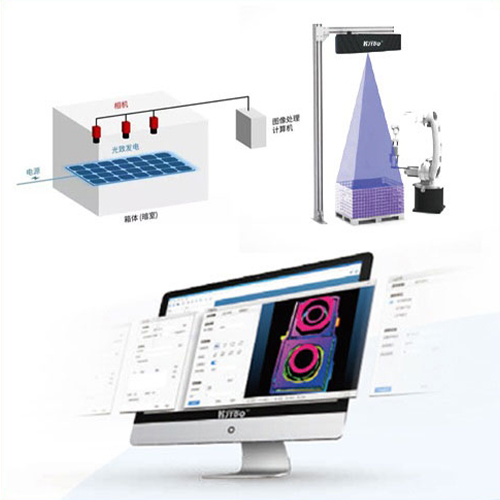BES0259 proximity sensor
- time:2025-10-14 01:30:43
- Click:0
Beyond Presence Detection: How the BES0259 Proximity Sensor Elevates Industrial Reliability
Unplanned production halts. Scrap materials piling up. Equipment damage from unexpected collisions. These aren’t just inconveniences; they’re profit killers. At the core of preventing such costly disruptions often lies a seemingly simple yet critical component: the inductive proximity sensor. And when demanding industrial environments demand unwavering performance, the BES0259 proximity sensor emerges as a robust solution engineered for resilience. But what makes this specific sensor stand out in a crowded marketplace?
Demystifying the Inductive Proximate Sensor
Before diving into the BES0259 itself, let’s establish the fundamentals. An inductive proximity sensor is a non-contact electronic device designed to detect the presence or absence of metallic objects within its sensing range – without physical touch. It operates on a simple electromagnetic principle:

- The sensor generates a high-frequency oscillating electromagnetic field from its face.
- When a metallic target enters this field, it induces small electrical currents (eddy currents) within the target.
- These eddy currents cause a detectable change in the sensor’s own oscillation amplitude or frequency.
- The sensor’s internal circuitry detects this change and triggers an output signal (typically switching a load On or Off).
This technology makes inductive sensors incredibly valuable for countless automation tasks like object detection, position sensing, end-of-travel verification, speed monitoring (counting), and limit switching – all crucial for maintaining smooth, efficient operations.
Why the BES0259 Emerges as an Industrial Workhorse
While the core principle is shared, not all inductive sensors are created equal. The BES0259 proximity sensor is explicitly designed for the rigors of industrial automation. Here’s a breakdown of its key characteristics and advantages that solidify its reputation for reliability:
- Ruggedized Construction: Industrial environments are harsh. Exposure to dust, moisture, oils, coolants, and vibration is common. The BES0259 typically features a robust stainless-steel housing (grade 303 or 304 is common), offering excellent resistance to corrosion and physical damage. Its design inherently provides a high level of ingress protection, often rated IP67 or higher. This means it’s completely protected against dust ingress and can withstand temporary immersion in water (up to 1m for 30 mins). This durability is fundamental for sensors operating on factory floors, near machining centers, or on mobile equipment.
- Extended Temperature Tolerance: Temperature fluctuations are another industrial reality. Unlike standard sensors, the BES0259 is engineered to perform reliably across a wide temperature spectrum. Its standard operating range often spans from -25°C to +70°C (-13°F to 158°F), making it suitable for environments ranging from cold storage areas to heated manufacturing zones near ovens or furnaces. This thermal stability prevents false triggers and premature failures.
- Shielded Design (Flush Mounting): One of the most critical specifications is whether the sensor is shielded or unshielded. The BES0259 is typically a shielded (flush-mountable) inductive proximity sensor. This means its sensing field is focused forwards from the face, minimizing sensitivity on the sides. This allows it to be mounted flush into metal brackets or machine frames without causing interference from the mounting surface itself. This is essential for space-constrained installations and prevents erroneous signals.
- Precise Sensing Performance: Reliability hinges on consistent detection. The BES0259 offers a defined nominal sensing distance (Sn), often around 4mm for its standard models. While the actual operational range can be affected by target material and size, this specification provides a reliable benchmark. Crucially, it maintains a repeatability accuracy often within fractions of a millimeter (% of Sn), ensuring dependable operation cycle after cycle. This precision is vital for tasks like high-speed counting or precise positioning.
- Output Configuration & Electrical Compatibility: Flexibility is key. The BES0259 is commonly available in various output types:
- NPN Normally Open (NO): Outputs the signal voltage when a target is detected.
- PNP Normally Open (NO): Outputs the signal voltage when a target is detected (common in 24V DC PLC systems).
- NPN Normally Closed (NC): Outputs the signal voltage when no target is detected.
- PNP Normally Closed (NC): Outputs the signal voltage when no target is detected.
Designed for 10-30V DC operation, it integrates seamlessly with standard industrial Programmable Logic Controllers (PLCs) and control systems. Its short-circuit and reverse polarity protection adds another layer of robustness, safeguarding against common wiring errors that could damage less resilient sensors.
- Maintenance-Free Operation: Unlike mechanical switches, the BES0259 proximity sensor has no moving parts subject to wear. Its solid-state design translates to virtually maintenance-free operation. Once correctly installed, it delivers continuous, dependable service for extended periods, significantly reducing downtime and maintenance costs. This is a major contributor to lower Total Cost of Ownership (TCO).
Where the BES0259 Proximity Sensor Truly Shines (Application Spotlight)
The combination of durability, precision, and reliability makes the BES0259 suitable for a vast array of industrial automation tasks:
- Conveyor Systems: Detecting presence/absence of metal parts, boxes (via metal tabs), pallets, or end-of-line stops. Prevents jams and ensures smooth material flow.
- Machine Tooling: Verifying tool position, detecting fixture clamping, monitoring robotic arm positions, end-of-travel limits on slides. Essential for process control and machine safety.
- Material Handling Equipment: Position sensing on automated guided vehicles (AGVs), lift tables, and stackers. Ensuring safe and accurate movement.
- Packaging Machinery: Detecting metal components in packaging lines, verifying cap presence, monitoring filling levels (via metallic floats).
- Automotive Assembly: Verifying parts presence before assembly, robotic weld gun positioning, component counting. Critical for high-volume production quality control.
- General Factory Automation: Replacing mechanical limit switches in dusty, wet, or high-vibration areas for improved longevity and reliability.
Selecting and Installing Your BES0259 Sensor: Key Considerations
To maximize the performance and lifespan of your BES0259 proximity sensor, keep these factors in mind:
- Target Material: Inductive sensors detect ferrous metals (like iron, steel) best. Non-ferrous metals (aluminum, copper, brass) and stainless steel have a reduced sensing range. Always verify the sensor’s specifications for the specific target material you need to detect.
- Required Sensing Distance: Choose a sensor with a nominal sensing distance (Sn) comfortably exceeding your actual required gap. Factor in potential variations.
- Output Type (NPN/PNP, NO/NC): Match the sensor’s output configuration (NPN sinking, PNP sourcing, Normally Open, Normally Closed) to the input requirements of your PLC or control system. *Incorrect matching is a frequent






